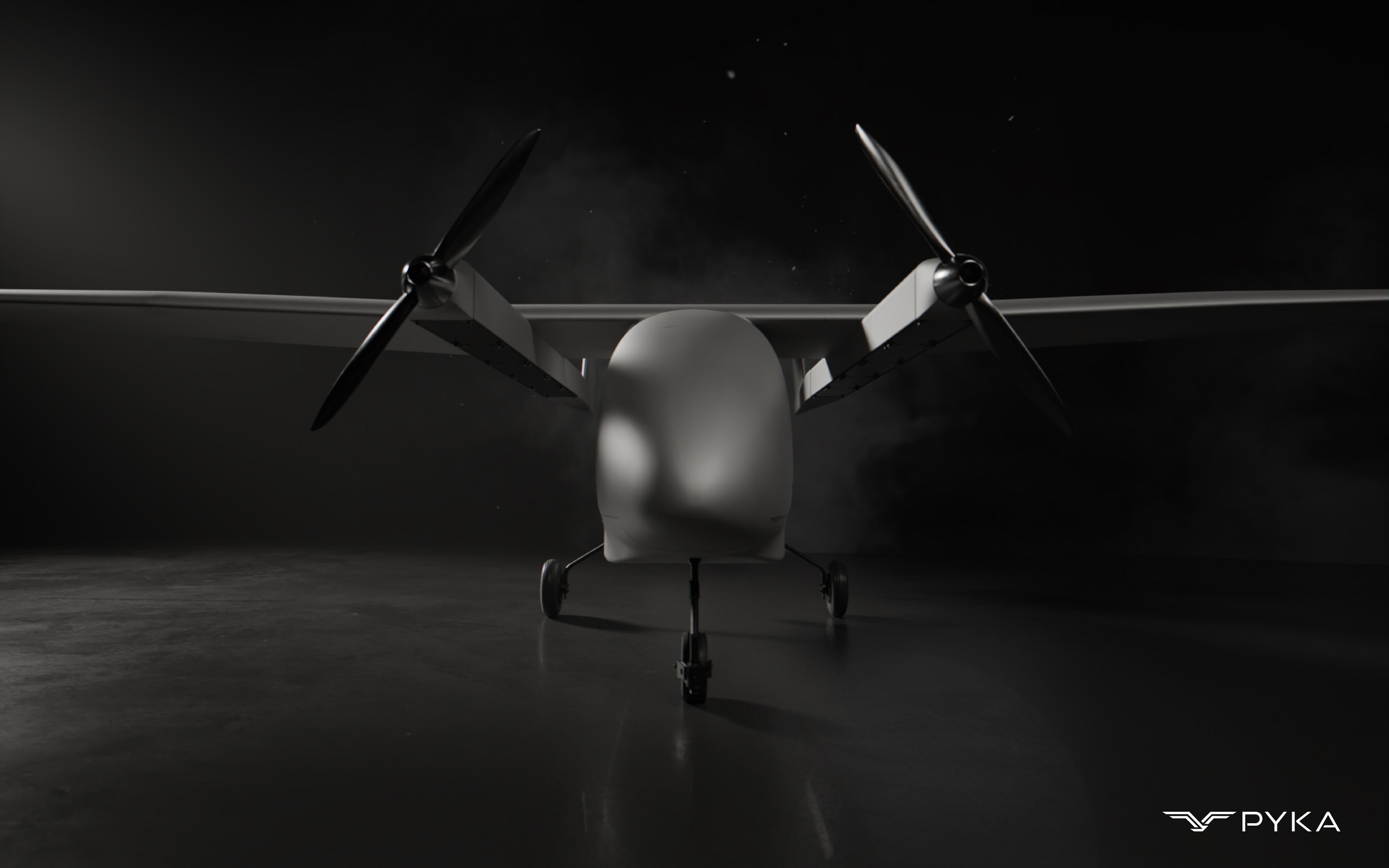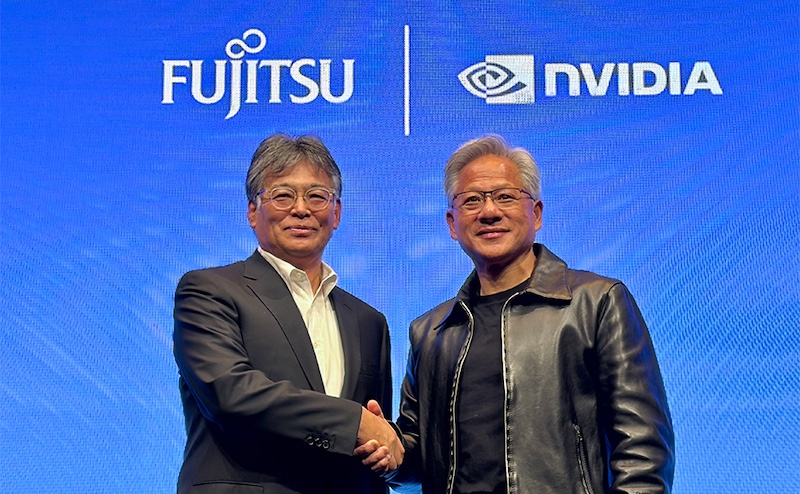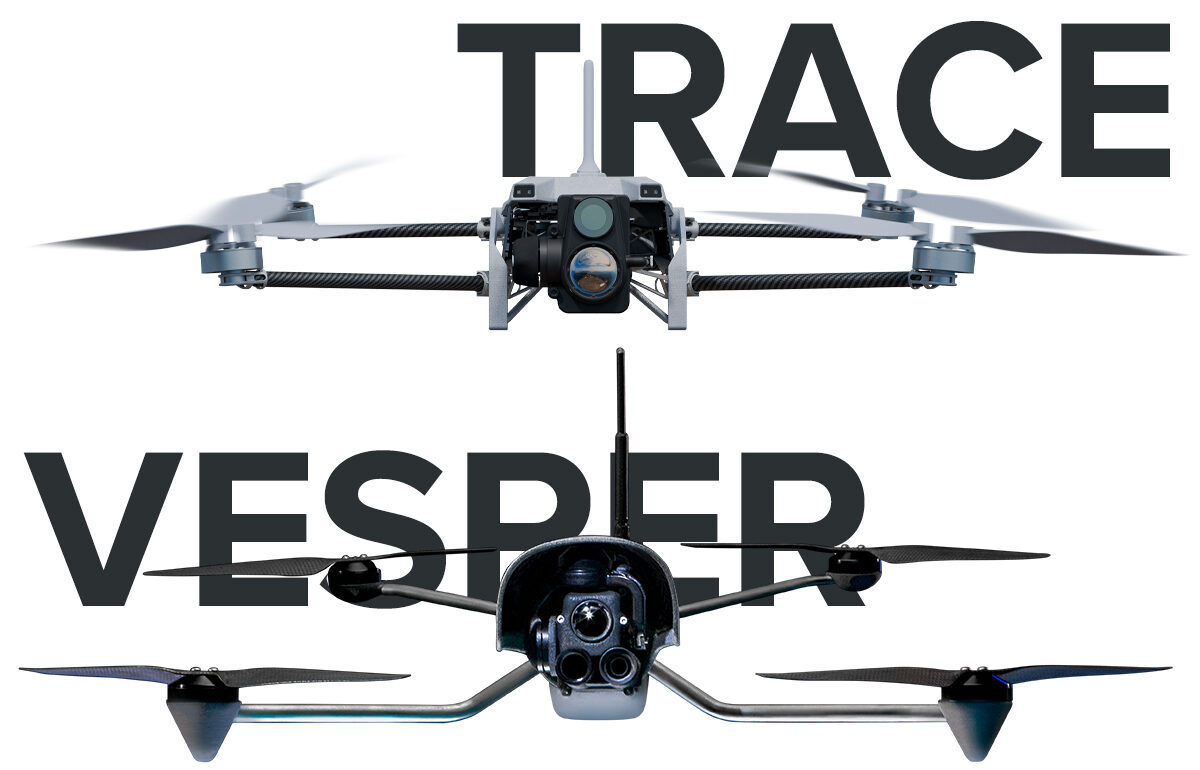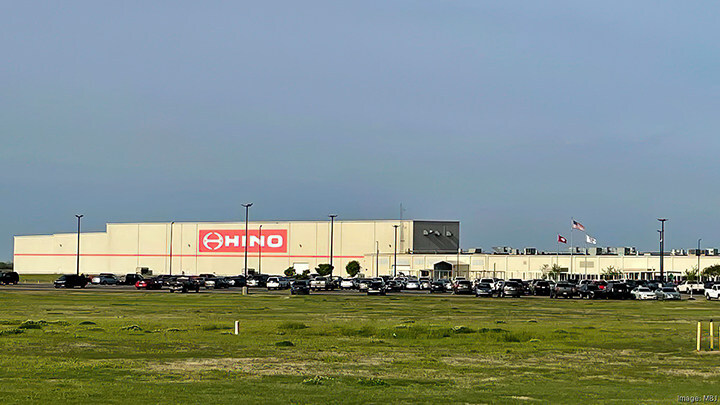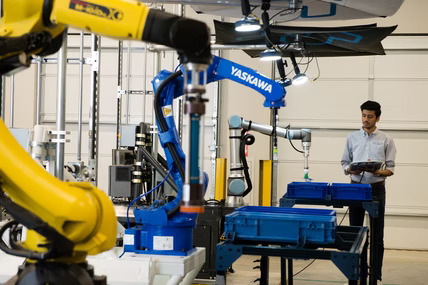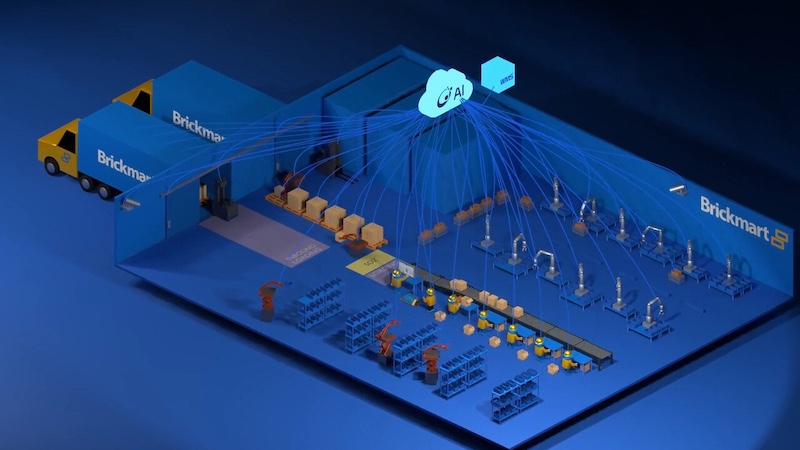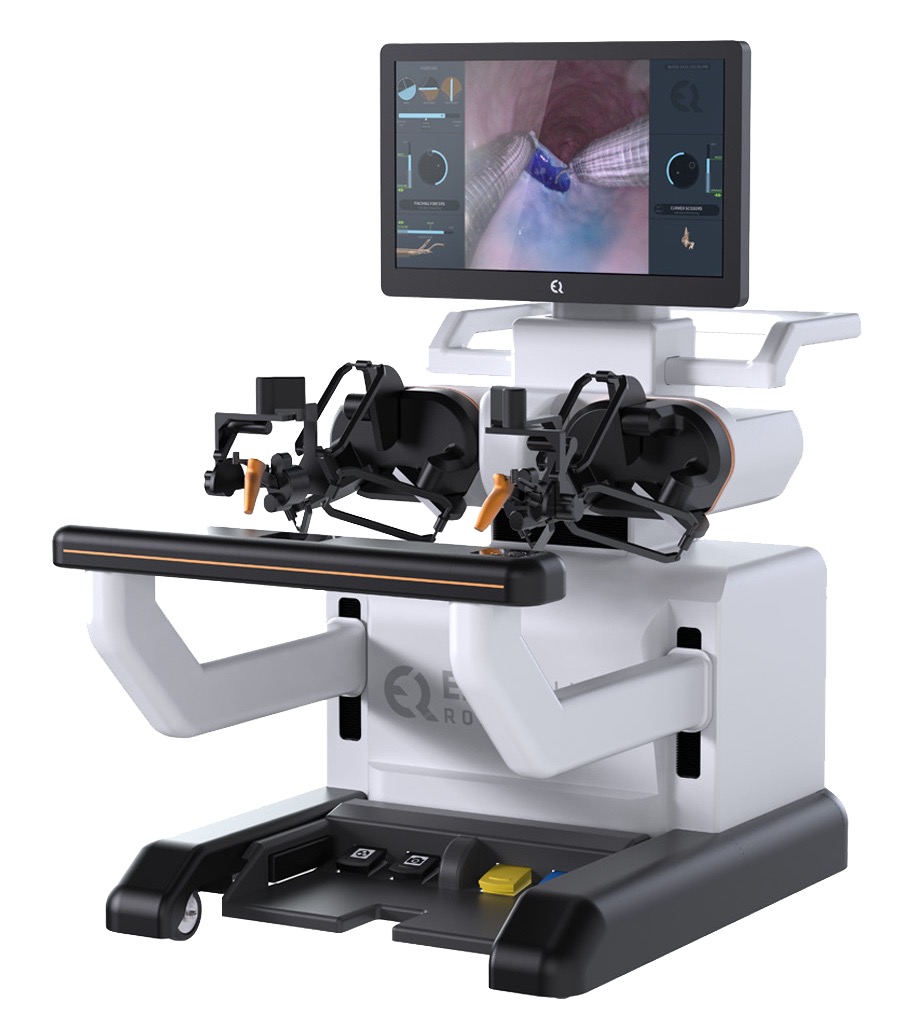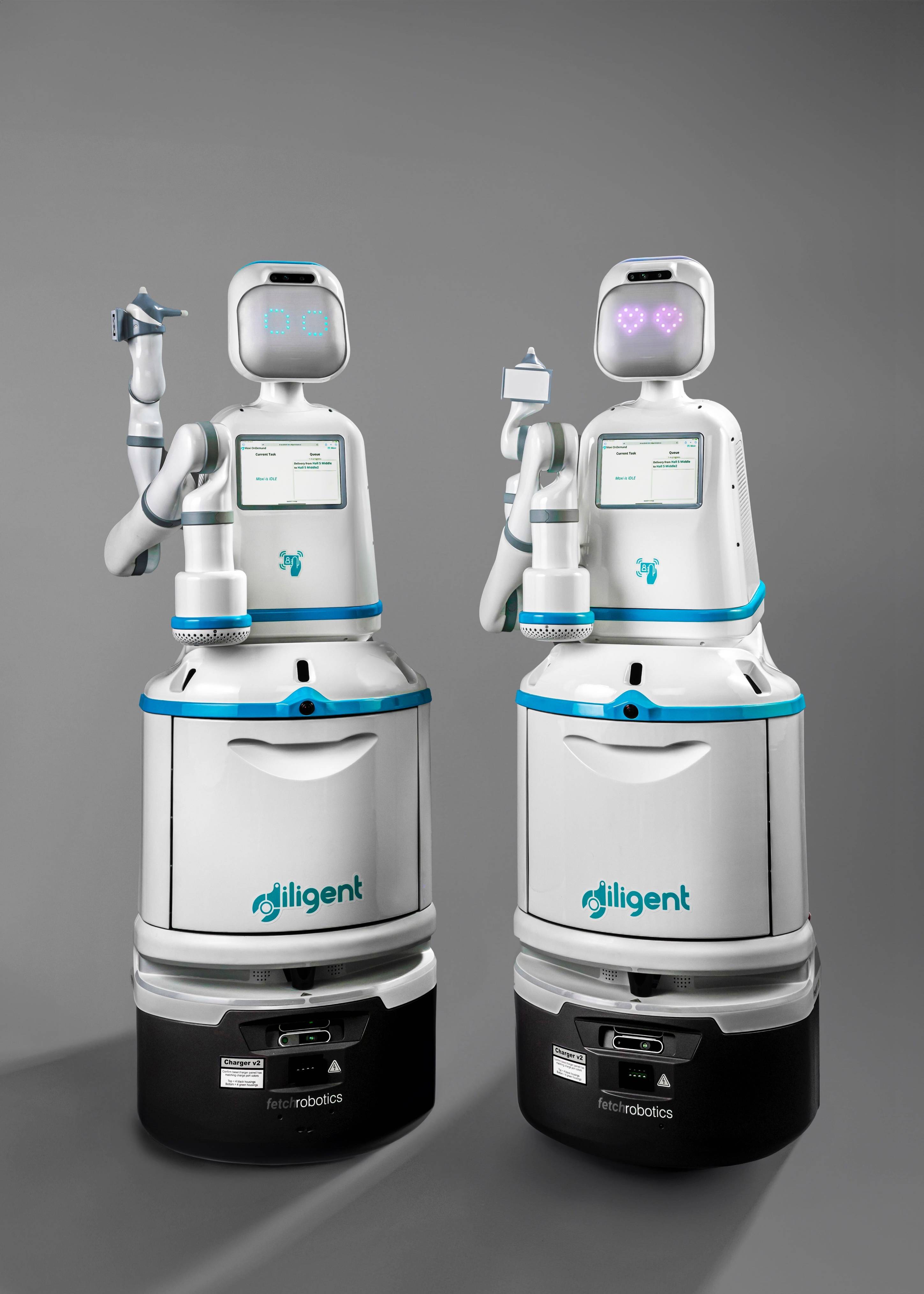Pyka Partners with ADS to Equip U.S. Defense and Federal Agencies with DropShip Autonomous Cargo Aircraft
The partnership aims to deliver Pyka’s long-range, heavy-lift, and fully autonomous DropShip aircraft to the U.S. Department of Defense, Federal Agencies, and First Responders for advanced multi-mission operations.
Image Courtesy: Public Domain
Pyka, a robotics company building mission-ready autonomous aircraft for agriculture, logistics, defense, and humanitarian operations, has established a relationship with ADS for future opportunities to equip the U.S. Department of Defense, Federal Agencies, and First Responders with its large-scale autonomous cargo aircraft, DropShip.
DropShip is a long-range, heavy-lift UAS platform designed to enable multi-mission operations in the world's toughest environments. With hybrid propulsion, DropShip can fly over 3,500 miles, remain in the air for over 40 hours, and carry payloads of up to 550 pounds. In a typical mission, it can carry 400 pounds over 1,000 miles, fully autonomously. Its modular payload bay and auxiliary open architecture flight computer support a wide range of mission configurations, including ISR sensors, communications relays, and precision airdrop systems.
"We're proud to work with ADS to bring DropShip's capabilities to the U.S. government," said Jake Hart, Government Business Development Director at Pyka and former Navy F/A-18 pilot. "DoD missions increasingly require flexible UAS platforms that can operate without established infrastructure. DropShip is a dual-use autonomous aircraft that delivers unmatched operational versatility in a rapidly deployable package, at a fraction of the cost of legacy UAS systems."
"With the ever-changing and rapidly-evolving UAS requirements within our customer base, ADS is honored to work with Pyka introducing their long-range, heavy-lift, short takeoff and landing UAS platform to our shared U.S. Government portfolios," said Michael Paulk, Director of Aerospace Market Sales for ADS.
ADS and Pyka share a commitment to advancing operational readiness through fielding mission-focused, innovative solutions. With ADS's deep expertise in equipping government agencies and Pyka's proven track record of pioneering autonomous aircraft technology, the collaboration will accelerate the delivery of DropShip's capabilities to end users and help position the United States at the forefront of next-generation UAS technology.


